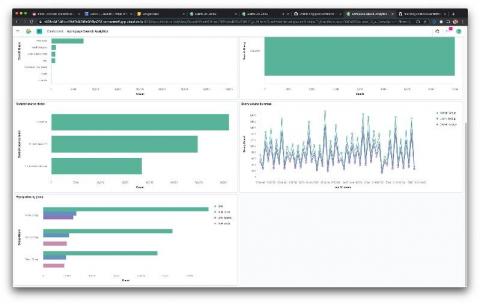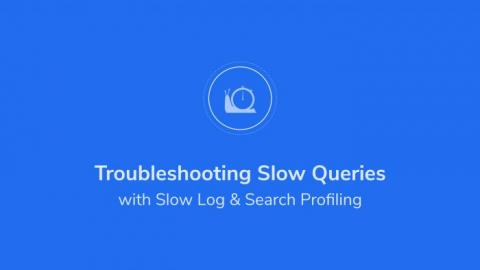8 Common Elasticsearch Configuration Mistakes That You Might Have Made
Elasticsearch was designed to allow its users to get up and running quickly, without having to understand all of its inner workings. However, more often than not, it’s only a matter of time before you run into configuration troubles. Elasticsearch is open-source software that indexes and stores information in a NoSQL database and is based on the Lucene search engine. Elasticsearch is also part of the ELK Stack.











